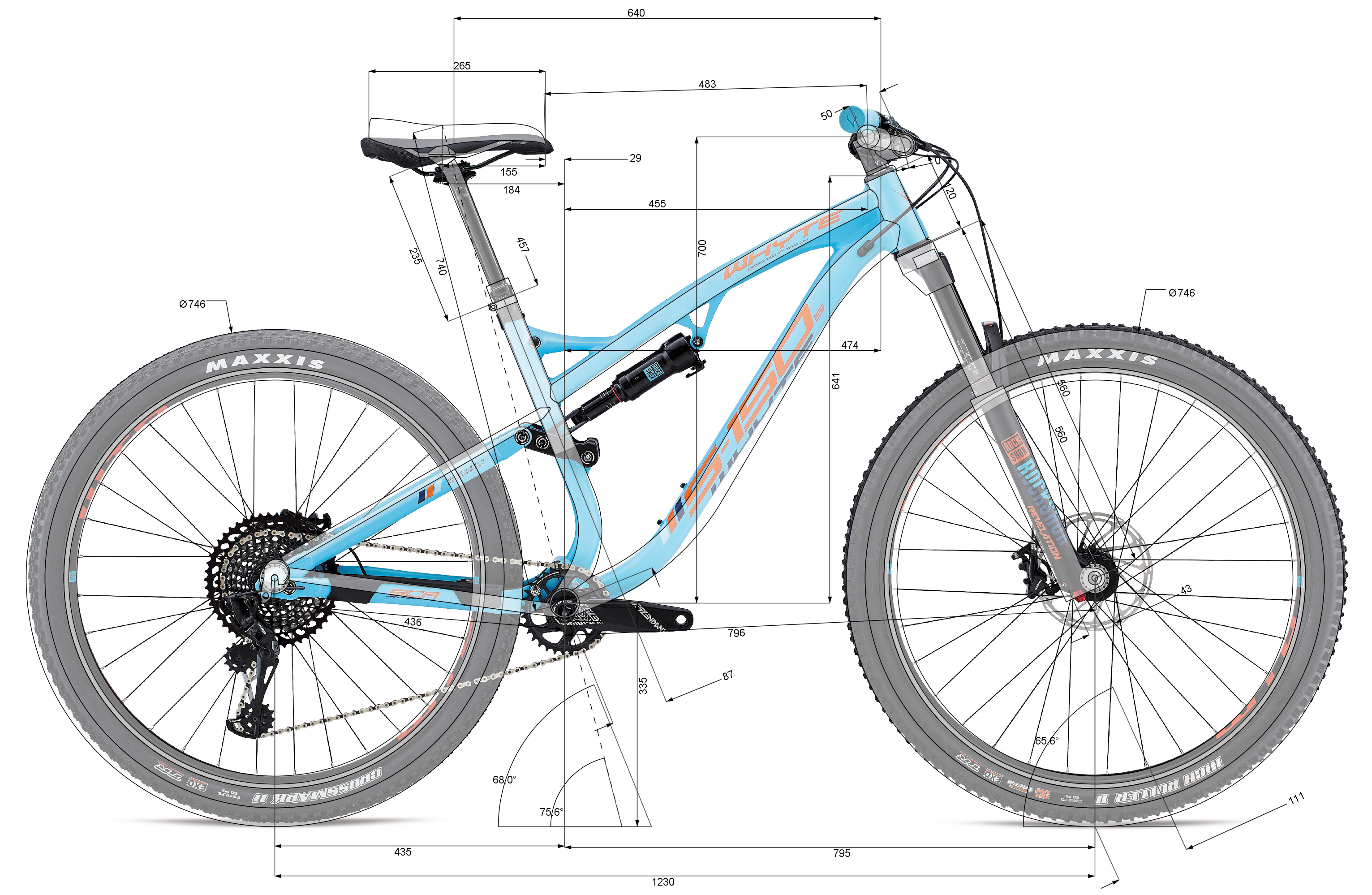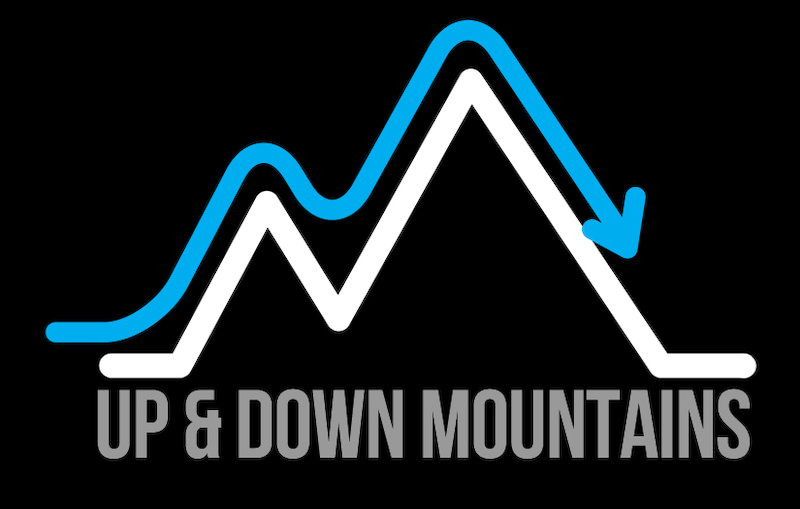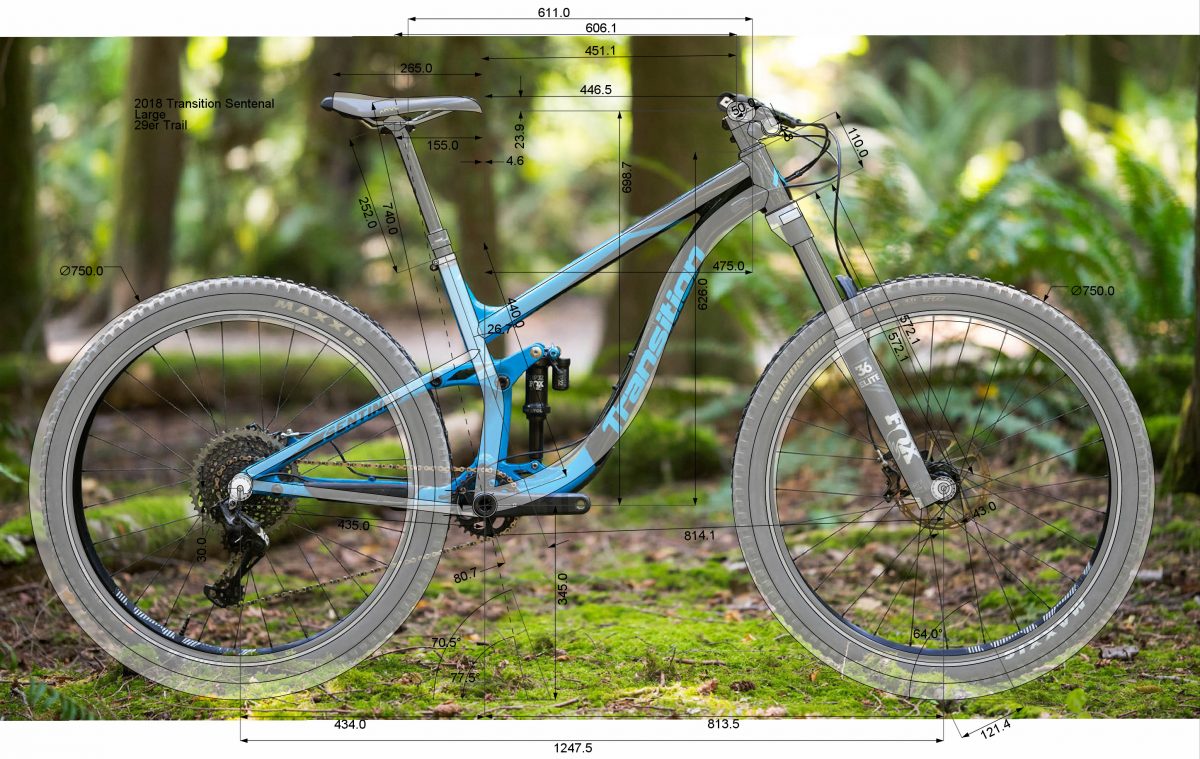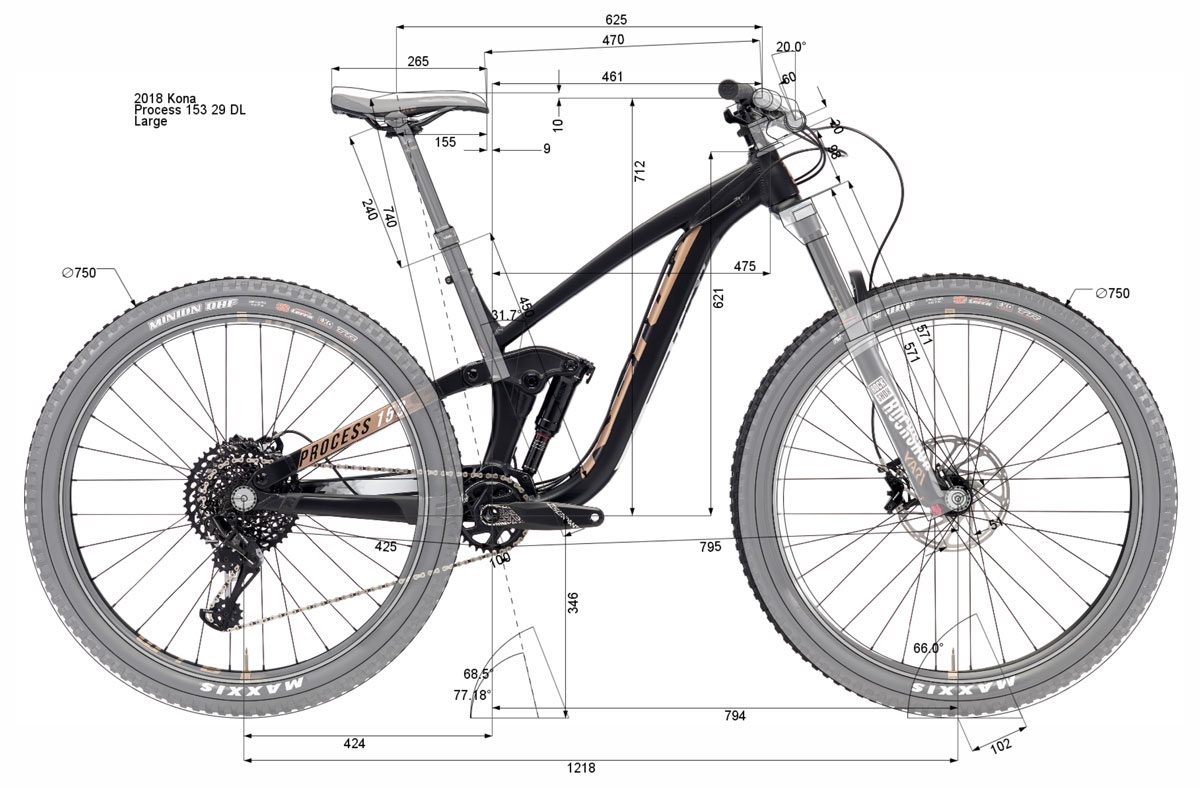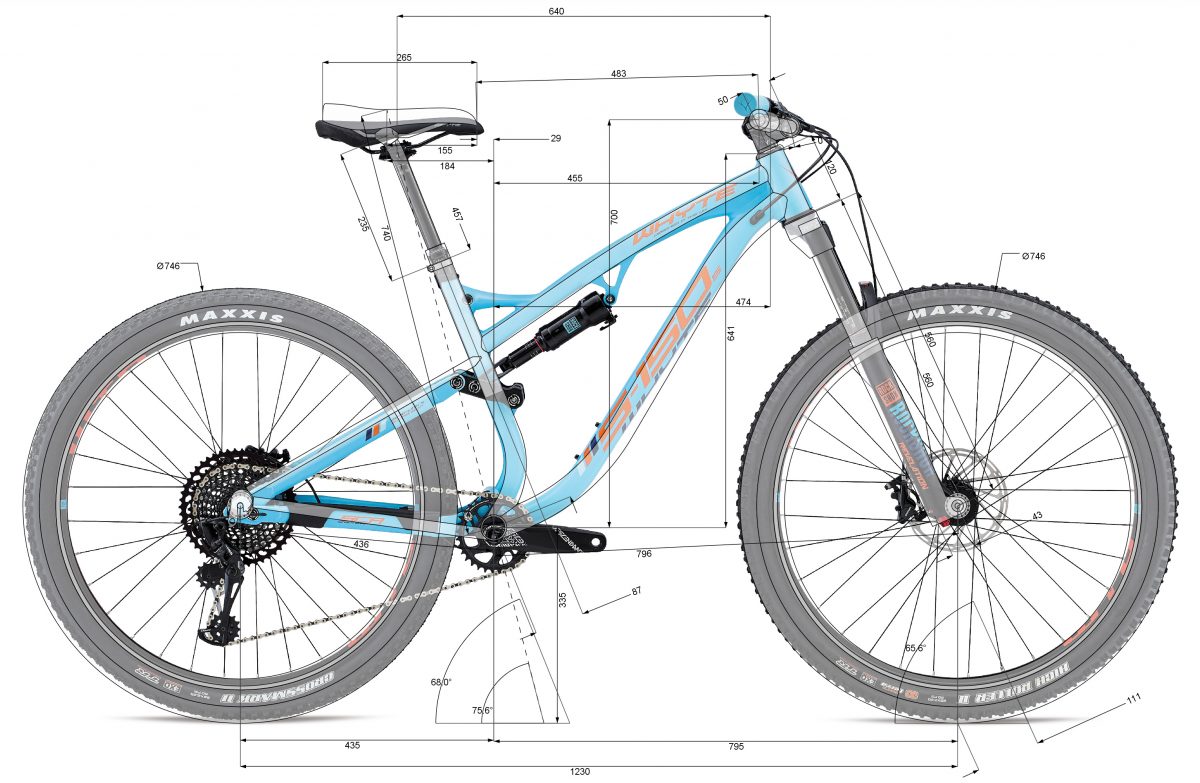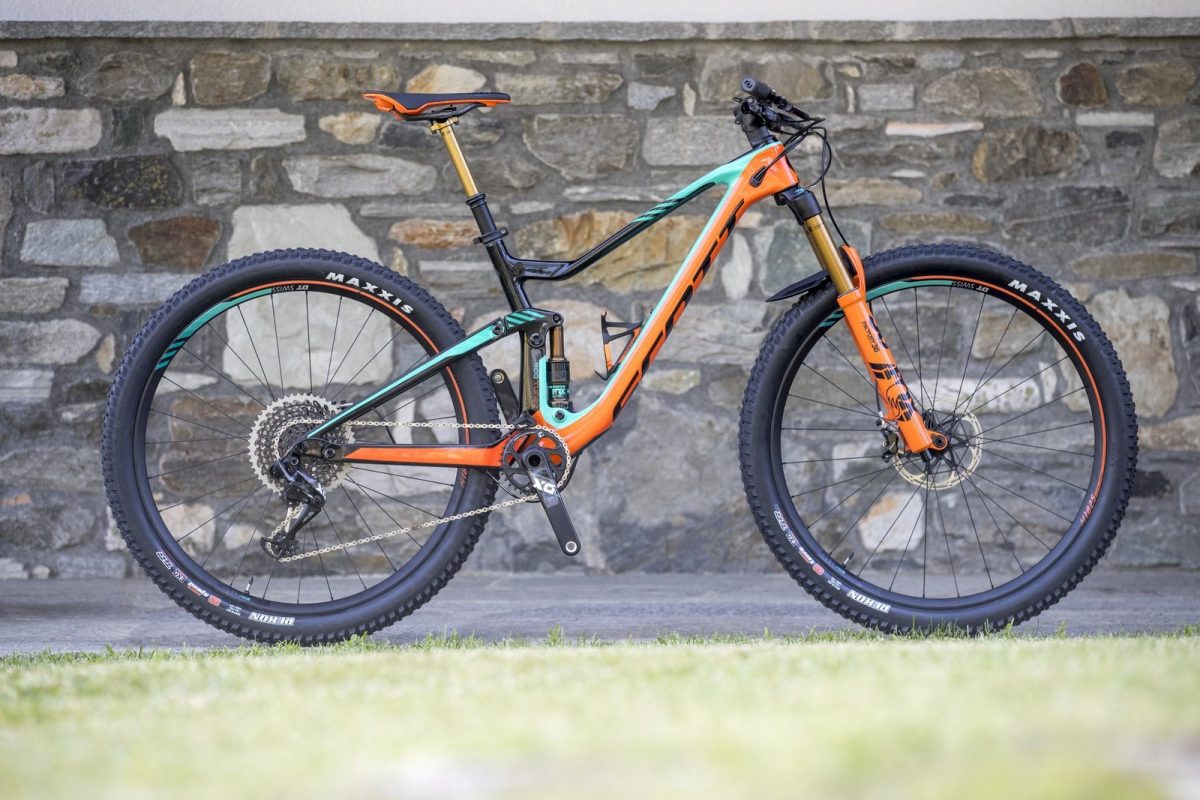Up & Down Mountains is a marketing thing from Transition bikes. It’s nice. It sounds like what we do on mountain bikes.
I’ve been shopping around for a new squish bike recently. I sold my older 2016 Scott Genius LT 710. It was a monster, modified and pushed out to 180F/170R and a lot longer than stock, it would go through some insane rough. It was a fun bike but so much has changed in the nearly 2 years of using it. It’s been one of the most turbulent times in mountain bike design and the bike had shown it’s age, once leading the pack, now falling behind pace.
I’ve been changing as a rider also. I’m now almost 48 years old, happily married, and growing more slow and tired each ride. I also look at high risk riding a little less eagerly than before when I was angry and single. I got the bike when I was trying to toss myself off anything in my path. That was sick but I was also struggling getting the bike up the hill. My hardtails are so advanced that getting on the big bike felt like getting in a time machine…”Is this what everyone else has to ride?” I most often preferred being on the hardtail.
Thus, in early August I sold the Scott. Some kid took it. He was very excited. It will be a good bike for him
What am I looking for now? That’s the problem. Modern geometries are slow to appear in the US market. Worse, most companies are still stuck pushing 27.5″ wheels to everyone who will line up for a bike.
I need:
- Modern forward geometry
- Aluminum construction
- 29″ wheels
- 140mm to 150mm travel in the rear
- 160 to 170mm travel in the front
- Room for a 170mm+ dropper post.
- GX 1×12
- High engagement rear hub
- Decent brakes
- 51mm fork offset
- Handlebar remote for suspension adjustment
I want a leggy fast bike that is perfect for Bay Area riding outside of what my hardtails are good for. When chunk gets big, some rear travel is pretty handy.
The good news is that this fall we will see a lot of bikes that approach this. After many years of waiting, the OEMs are starting to sell better designed bike geometries. Sadly, many new bikes are still being produced with horrible geometries. It’s buyer beware out there for sure. Don’t expect a new bike to be a great bike without looking at the details.
So far, two bikes stand ahead of the crowd, the Transition Sentinel (L), the Kona Process 153 AL/DL 29 (L) and the Whyte S-150 (L). Neither bikes are available yet but they will be soon
Comparing the two bikes is exciting for a geometry guy. They are different
The Sentinel looks very nice but is overly slack in the head and has a cramped cockpit. The reach is short despite the long front center. It also rides very high.
The Kona is very similar to the Sentinel in fit and most else but with a steeper head angle.
The S-150 has a more traditional saddle placement and is low to the ground. The head tube is higher. Similar reach to the Transition but with a shorter front center.
The bike I would like is somewhere in between these two. Thinking about the differences is fun.
Sadly, both the Tranistion and the Whyte make use of high trail geometry. I’m not stoked on this but I’m ok with giving it a try if I have to. If I pick up a frameset, a 51mm offset fork will be used for sure. I’m looking for a long front end more than I need caster.
Something about Transition’s extremely steep seat tubes are playing with me. I’ve backed down on super steep seat tubes on my hardtails. They hurt my arms too much on traverses. On a dual suspension, there is a different element there that can really help the bike up a hill. When all the weight is over the rear spring and the rear compresses considerably compared to the front. The proportions on the bike are distorted at the worst time. This is not the case on the hardtail. This should help going up. Still, flat sections will hurt as so much rider weight will go to the arms.. Which devil do I want to dance with? An interesting point that should be considered when fitting between the two types of bikes and kudos to Transition for trying to resolve it. We just need to see if the good outweighs the bad.
The print/traces below are my best guess given published data.
The 2018 Scott Genius 920 (GX-12, 29er) is also a nice consideration, although with a carbon frame. 150mm of rear travel. The reach is a little short compared to the other two but it does have the suspension adjustments on the bar which is excellent.

